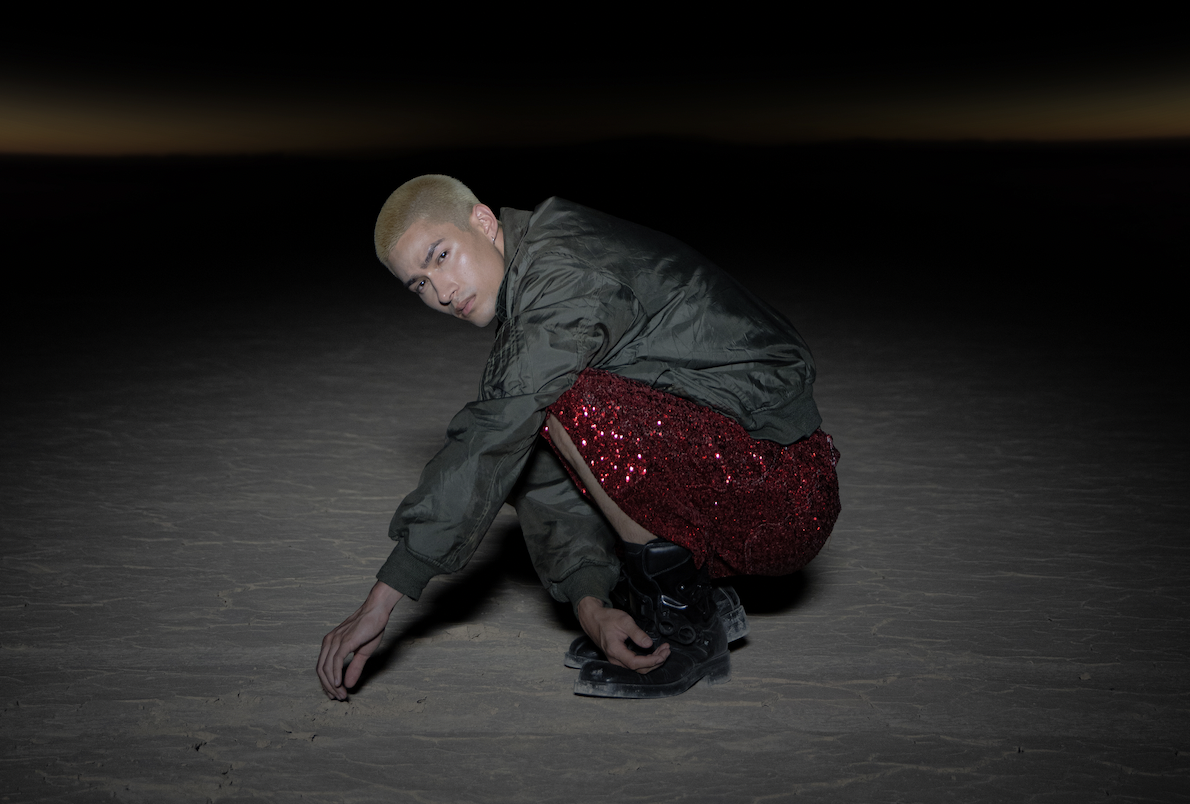If the future is already here, just not evenly distributed, Chinese tech giant Tencent wants to do something about the second part. The company hosted its annual media summit earlier today at the Shanghai Expo Center, which ran for four and a half hours and featured short talks from Western new media companies like Quartz and Storyful along with homegrown innovators in the space, like news outlet Pear Video and live-streaming app Musical.ly.
Near the beginning, Tencent VP Chen Juhong gave a talk entitled “Future Landscape: 2017 China New Media Trend Report,” which closed with a slide reading THE FUTURE IS ALREADY HERE (caps theirs), and opened with a strange extended metaphor comparing content to forests and technology to soil. Didn’t quite follow that part, but in between were a whole bunch of numbers showing how, when, and where China’s smartphone-wielding masses are consuming information in 2017.
Here are three highlights from Tencent’s official report:
1. 57.2% prefer their news in bed

That checks out. For many people that sweet sweet smartphone glow is the last thing they see before falling asleep and the first thing they look at upon waking each day. 22.3% of people polled say they usually access news on smartphones while “At home: in the restroom,” which is… honest. In the talk after Chen’s, Dr. David E Levy, Director of the Reuters Institute for the Study of Journalism at Oxford, provided even more detailed information about bathroom smartphone usage, which you can find in the Institute’s 2017 Digital News Report should you so choose.
2. AI news curators best their human rivals

In one kind of confusingly framed poll question, respondents said they were less dissatisfied with news recommendations churned out by algorithms, as opposed to human editors or social media contacts. Tencent claims that this is the first time algorithms have outperformed humans on this metric, at least according to their own data. The topic of when and how AI will transform the entire media industry came up again and again over the 4.5 hours of the summit, climaxing with a data-driven talk by Liu Wei, chief scientist of Tencent’s own AI Lab.
Several speakers suggested that much of the news production process will be automated and streamlined by increasingly intelligent AI programs in the near future. (Chinese news app Toutiao already has AIs writing stories.) MIT Media Lab’s Andrew Lippman tried to leaven the topic with the confident assertion that “there is no Artificial Intelligence, just human intelligence on a new platform,” but I’ll nevertheless be learning new skills to future-proof my own livelihood for when the AIs come for my line of work.
3. This “video” thing is here to stay

This hot new medium called “video” is all the rage these days, according to the data. Tencent shared a few different stats on this, saying that news video viewership is on the come-up among young and old people (not so much those “adults” in the middle), and that where 30.8% of Americans say they prefer to consume their news as a mix of text and video or video-only, 61.8% of Chinese consumers want at least a little video in their daily news feed.
Video, like AI, was a recurring theme throughout he summit. Tencent VP Chen showed that even when it comes to embedded ads, users respond more positively to video than static text or images:

Qiu Bing, Founder and CEO of Pear Video, put it most bluntly when he flat out said: “People born after 1995 don’t like reading text.” Ouch. Harsh but presumably true.
On that note — we’ll be launching our own video strategy here at Radii in the near future, so stay tuned you text-hating post-’95ers!
















